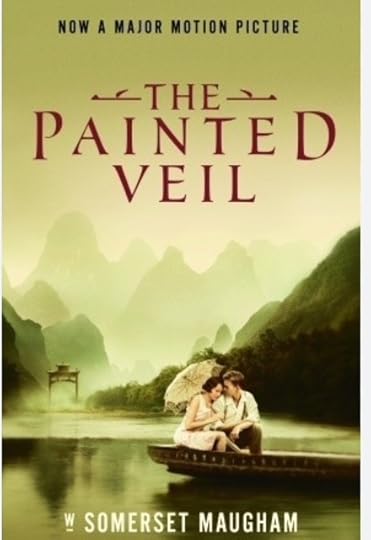My review of the painted veil
The Painted Veil by W. Somerset Maugham
“I am in the first row of the second-rate,” claimed the renowned British writer W. Somerset Maugham. Perhaps he was right.
Recently, I read his 1925 novel The Painted Veil. Though there is a great deal to admire, I also found obvious shortcomings.
Set in the 1920s, the novel follows the moral awakening of Kitty Fane, a beautiful but shallow young woman. She marries Walter, a kind but socially awkward bacteriologist, mostly to escape her overbearing mother. In Hong Kong, their marriage quickly becomes unhappy, and Kitty begins an affair with Charlie Townsend, a charming and married colonial official.
When Walter discovers the affair, he gives Kitty a brutal choice: accompany him to a remote Chinese village ravaged by cholera, or face public divorce and disgrace.
Kitty, abandoned by Charlie and with no other respectable option, reluctantly goes with Walter. In the impoverished village, among death and suffering, she unexpectedly finds a new sense of purpose. She volunteers at a convent-run orphanage and begins to mature, gaining compassion and humility. She realises Charlie’s selfishness and Walter’s quiet devotion too late.
Walter eventually dies of cholera, possibly from deliberate exposure, and Kitty returns to Hong Kong, pregnant and unsure if the child is Walter’s or Charlie’s. After resisting Charlie’s attempts to resume the affair, she resolves to start fresh, return to England, and raise her child with more integrity than she herself was raised.
The novel ends with Kitty, older in spirit, determined to escape her past and build a better future.
Intrigued, I also watched the film version and found it more satisfying than the book itself.
The Painted Veil, typical of Maugham’s work, is an engaging read. The situation is intriguing and the prose elegant. But it could have been so much better.
To start with, Kitty’s transformation takes place too quickly and too neatly. In real life, people don’t change like that.
Secondly, I found the author’s colonial gaze disturbing. All the local Chinese characters are silent. They feel like ornaments rather than real people.
Finally, both her husband and her lover are poorly drawn. Charlie is a caricature, and Walter—described as “kind”—gives his wife an astonishingly cruel ultimatum. As readers, we would have far more empathy if we understood his conflicted feelings and motivations. All in all, I was quite disappointed in the novel.



